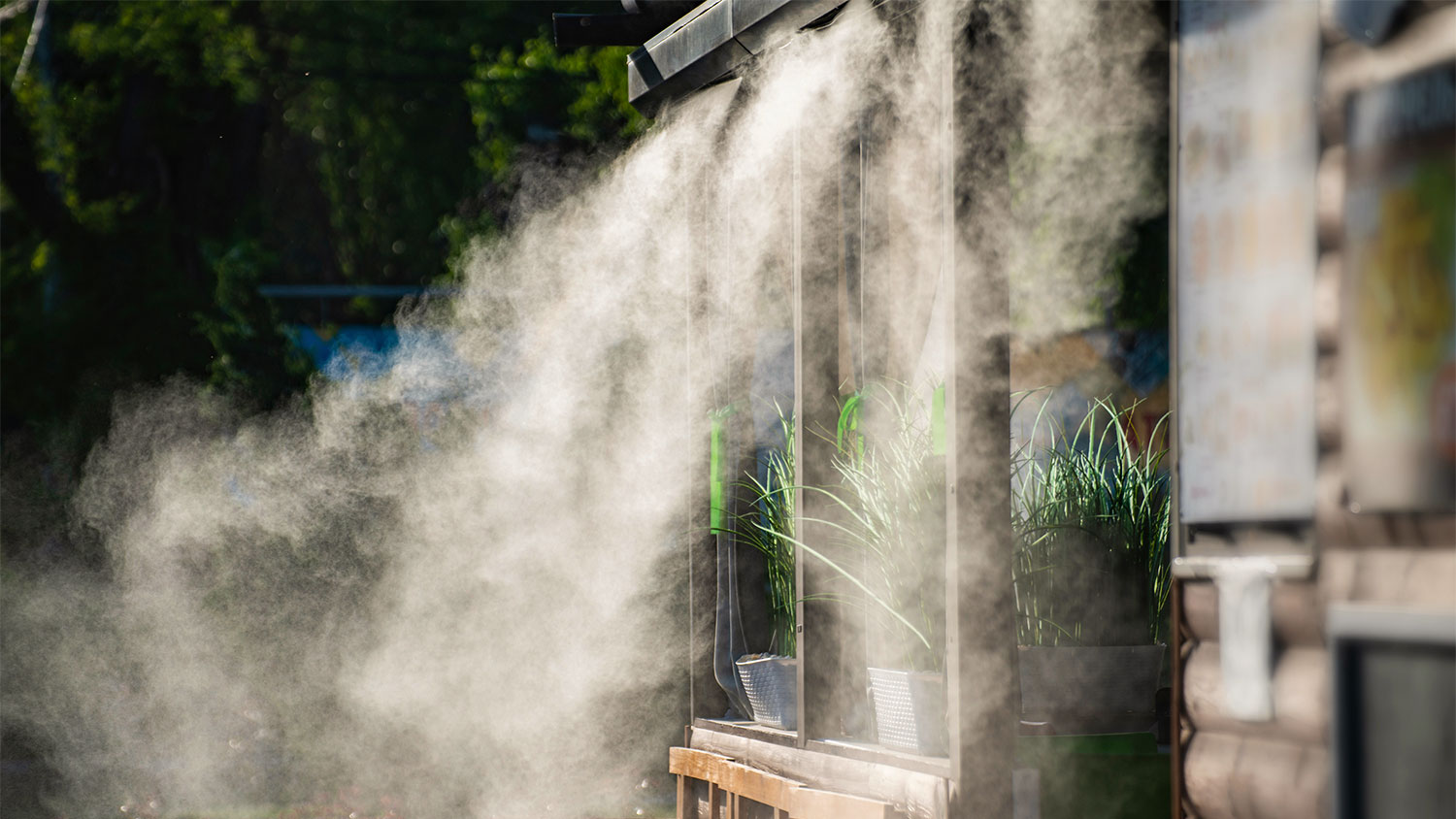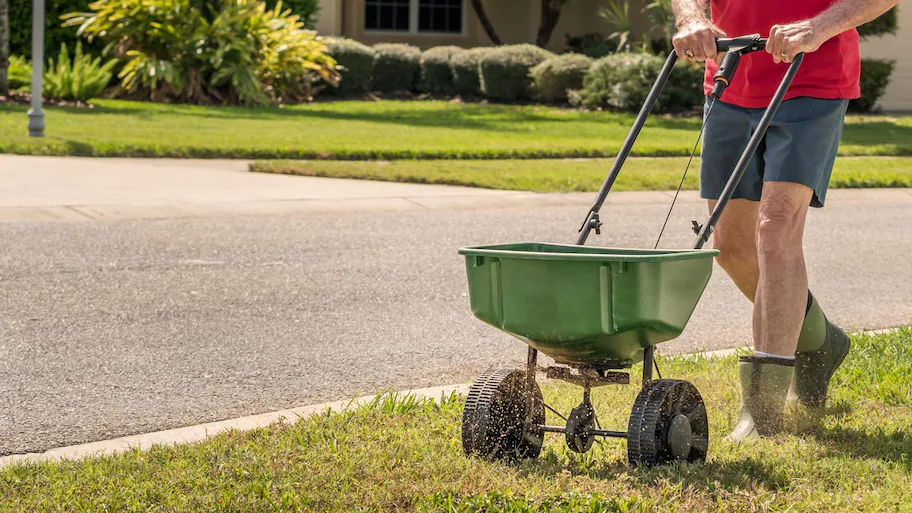
Check out how to effectively budget for sprinkler system installation based on costs, land size, sprinkler type, and more.
Removing ivy costs an average of $500


On average, ivy removal costs between $400 and $600, or $500.
Your final cost is based on the ivy’s location, project size, labor, and ivy type.
Thorough removal stops the plant from returning.
A professional landscaper handles hazardous oil, saving you time and risk.
This article was updated using automation technology and thoroughly reviewed for accuracy by HomeAdvisor Editor Ryan Noonan.
Ivy removal costs range from $300 for a simple herbicide application to $850 for thorough root removal, with an average cost of $500. Key factors in your final price include the ivy’s location, scale, and accessibility. Budgeting for ongoing removal is crucial due to regrowth. Prompt removal keeps your yard safe from poison ivy, and hiring a professional landscaper ensures effective and secure eradication.
The amount you’ll pay to remove poison ivy from your property depends on several factors. Here’s a closer look at the cost breakdown.
Most local landscaping pros charge $50 to $75 an hour. If vines are climbing high enough to require ladders, plan on closer to $100 an hour. Labor to clear poison ivy from a small tree often folds in the pro’s hourly rate, travel time, and any call-out fee. This might also include disposal, but that's not always the case, so make sure you ask the contractor before you agree to their terms. If it’s not included, disposing of poison ivy costs $25 per 10-pound bag or $100 per cubic yard.
Where the ivy pops up has a big impact on price. Out in the open, growing on open ground, poison ivy is easier to remove than if it's entwining itself through a fence or wrapping around a tree.
Getting rid of poison ivy that's growing as ground cover costs $50 to $75 per hour for a spray and removal. When growing as ground cover, this invasive plant tends to creep along the ground, particularly around shrubs and bushes.
If the patch is large, a contractor may quote a lower per-square-foot rate or switch to an hourly pricing model. Full hand-pulling costs an average of $500, while a straightforward herbicide treatment can drop to $300.
Clearing poison ivy off a fence costs between $500 and $850 for a combo of spraying and hand removal. Full manual removal is closer to the high end, while professional herbicide application alone may cost as little as $300.
Removing poison ivy from a tree costs between $500 and $850. Herbicide application for a small area may cost as little as $300. To stop poison ivy from growing back, it's critical that all parts of the plant are removed from the tree, including foliage, stems, and roots. Working at height increases difficulty and danger, making this the most costly type of removal.
Poison ivy shows up in two forms. Ground-hugging plants are quicker and cheaper to clear, while climbing vines snake around fences, trees, and anything else they can grab.
| Ivy Type | Cost Range (All-in) |
|---|---|
| Non-climbing | $300–$500 |
| Climbing | $500–$850 |
Ground-growing poison ivy costs $300 to $500 for professional chemical application and removal. The shorter and slower growth habit of ground-level poison ivy makes it easier to remove and control, resulting in reduced costs.
Removing 10 square feet of climbing poison ivy costs between $500 and $850. It’s more challenging to remove because it grows rapidly, wraps itself around anything it can find, and requires a pro to work at height to reach the uppermost vines.
You can skip labor charges by tackling ivy yourself, but you’ll face harsh chemicals and the nasty urushiol oil that triggers rashes. Hand-pulling is tough work, and missed roots mean the vine returns. A certified landscaping pro brings the gear and know-how to get rid of it for good.
No place is more important than your home, which is why HomeAdvisor connects homeowners with local pros to transform their houses into homes they love. To help homeowners prepare for their next project, HomeAdvisor provides readers with accurate cost data and follows strict editorial guidelines. After a project is complete, we survey real customers about the costs to develop the pricing data you see, so you can make the best decisions for you and your home. We pair this data with research from reputable sources, including the U.S. Bureau of Labor Statistics, academic journals, market studies, and interviews with industry experts—all to ensure our prices reflect real-world projects.
From average costs to expert advice, get all the answers you need to get your job done.

Check out how to effectively budget for sprinkler system installation based on costs, land size, sprinkler type, and more.

Budget for grey water system costs based on factors such as system size, the type of system you choose, labor, permits, site preparation, and more.

Learn how much an outdoor misting system costs with this guide, covering system type, size, installation, maintenance, water use, and tips for accurate budgeting.

Budget for sprinkler repair costs based on factors like part prices, labor, repair type, regular professional maintenance, and more.

Use this guide to explore how factors such as property size, location, preparation work, labor rates, and grass type impact the cost of reseeding your lawn.

Learn how much lawn aeration costs, exploring how factors like the area size, method, prep work, and additional services affect the total price.